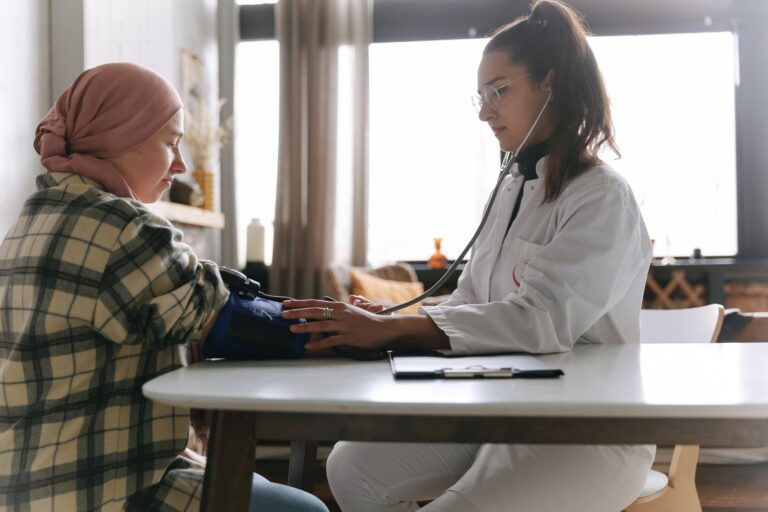
At Brandon Regional Hospital, a new technology named Cyberknife has been invented and has been said to blow away tumours without any pain. It doesn’t use anaesthesia nor does it have to incise the patients but even with all this, it can be perfectly accurate to treat people with cancer.
You may say that it sounds a little bit too good to be true but the director of diagnostic imaging at the Cyberknife Cancer Center Gary Litvin says that his sister-in-law has already undergone a procedure and another one of his patients even went out to play tennis after the process.
Much to my surprise, this technology is not at all that recent since it was already approved by the US FDA some years back, specifically in 1999 and a great number of people have already been treated with it.
So why isn’t it available in all hospitals? First, it’s very expensive to purchase one plus another high-cost budget is needed to build a room exclusively for the Cyberknife. The area enclosing the technology has to be made of concrete that’s 4 feet thick because it emanates large quantities of radiation.
So how exactly does it work? The robot takes images and shoots radiation on a patient’s body in various directions. It is so clear-cut that it can discharge radiation even with just a width of a strand of hair. Nevertheless, it doesn’t radiate on healthy tissues since it keeps track of your body as you breathe and move.
Though this technology may not totally replace chemotherapy particularly because it’s vital in some procedures to treat cancer, it’s still a big leap notably for those who have terminal cancer. When the facility is up and running, even family members can enjoy themselves as they surf the net, sip a cappuccino and watch shows on a big-screen TV.
The Cyberknife is a huge accomplishment that will surely give hope to those who have none left.



Wow that’s amazing. My sister passed away from cancer last year and it’s amazing that this technology has been around for 10 years but isn’t available for all patients as yet.